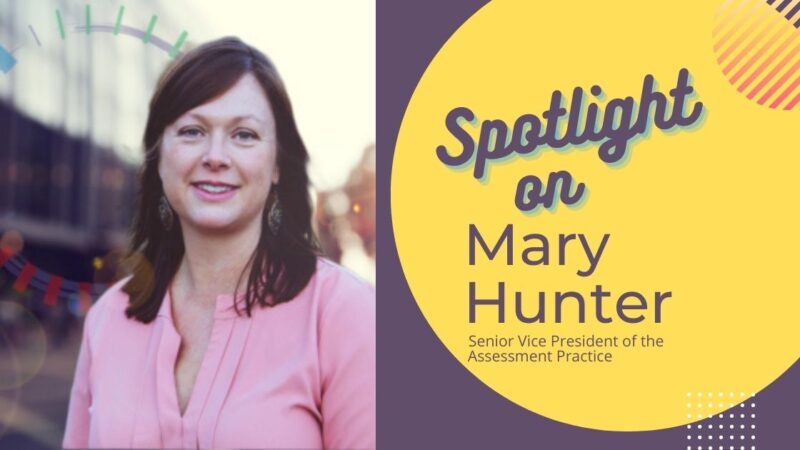Can Too Much Inclusion Lead To Confusion?
August 25, 2022
Inclusion is not some nebulous concept. It’s a critical business priority that stokes innovation and increases organizational performance in real terms. Therefore, it’s important that inclusion is strategic and efficient in process and deployment to arrive at the desired outcomes. Some might believe that inclusion means everyone has a voice on every matter or decision; which, if we’re honest, is a recipe for failure. Real inclusion prioritizes the impacted stakeholders and brings them into the decision-making process, and informs non-impacted stakeholders of what they’re doing in the most transparent way possible while also letting them know how it’s aligned with organizational values and business goals.
Identifying Stakeholders
When we take about organizational stakeholders in this context, we’re talking about the people ecosystem comprised of employees, leadership, customers, partners, and even shareholders for publicly traded companies. However, for the sake of clarity, we can look at employees as our core focus. Internal stakeholders establish and sustain an inclusive culture so their buy-in and approval are key. But identifying primary and secondary stakeholders is important to creating an efficient process that works for everyone. For instance, if a company is re-designing a website to be more diverse and inclusive, the primary stakeholders from a process standpoint might be marketing, HR or operations, and IT. But that only relates to who needs to be involved in the development process. At some point, the stakeholders will shift to focus on the user experience (UX) and site visitors. At this stage, it will be important to get feedback from a diverse and inclusive group of testers. So, it’s true your stakeholders may shift throughout the process.
One way project managers apply stakeholder analytics is by using the RACI process—which stands for Responsibility, Accountability, Consulted, and Informed. This process allows PMs to identify and prioritize stakeholders throughout the entire project lifecycle.
Strategic Inclusion vs Chaotic Inclusion
No one is interested in an inclusion strategy that only leads to chaos and inefficiency. But according to some of the hosts of the Kaleidoscope Group’s Becoming Inclusion Podcast, which airs weekly, many people are stumbling by trying to be too inclusive without a clear-cut understanding of the key stakeholders. In this episode, hosts Reggie Ponder and Kat Potts are joined by Kaleidoscope Group Consultant Mitch Brown for an extended conversation on this interesting and surprisingly complex topic.


